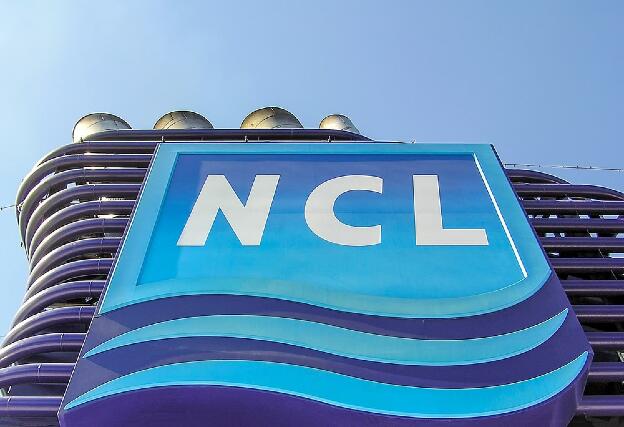Norwegian Cruise Line (NCL) logo on the funnel of the Norwegian Jewel
Norwegian Cruise Line (NCL) logo on the funnel of the Norwegian Jewel
Marine engineering on board cruise ships includes a variety of systems required to operate the ship and ensure the safety and well-being of passengers and crew members.
The most important aspects of marine engineering on board cruise ships include:
Propulsion technology:
Cruise ships are usually powered by diesel engines, which offer high performance and efficiency.
NCL's Norwegian Jewel features a diesel-electric propulsion system that offers high performance and efficiency. Propulsion is provided by 2 6 m diameter propellers, each with 5 fixed blades. The two propellers are attached to ABB Azipods, each with 19,500 kW (26,500 hp) and are driven by electric motors. The power for these electric motors is generated by generators driven by 5 MAN B&W V12 B 48/60 diesel engines, each with 14,400 kW (19,600 hp). In addition, the Norwegian Jewel has 3 bow thrusters, each with 4,200 kW (5,700 hp). Fuel consumption is 290 cubic metres per day or 220 litres per minute at normal speed.
Electrical systems:
The electrical systems on board a cruise ship are extensive and complex and include power, lighting, air conditioning, refrigeration and heating.
Navigation and communications:
Modern cruise ships have advanced navigation systems that can precisely pinpoint the ship's position. Communication systems include radio and satellite communications and allow the ship to stay in touch with the outside world at all times.
Security systems:
Cruise ships are equipped with a variety of safety systems, including smoke detectors, fire extinguishing systems and evacuation systems.
Environmental technology:
Cruise ships must also comply with strict environmental standards. For this reason, many cruise ships are equipped with waste water treatment plants, exhaust gas purification systems, waste incineration plants and other technology to minimise environmental pollution.
The marine technology on board cruise ships is monitored and maintained by a variety of professionals, including engineers, electricians, mechanics and technicians.
Journey
In June 2006, cruise on the Western Mediterranean with the itinerary: Barcelona (Spain) - Day at Sea - Messina (Italy) - Naples (Italy) - Civitavecchia (Italy) - Livorno (Italy) - Villefranche-sur-Mer (France) - Barcelona (Spain)
